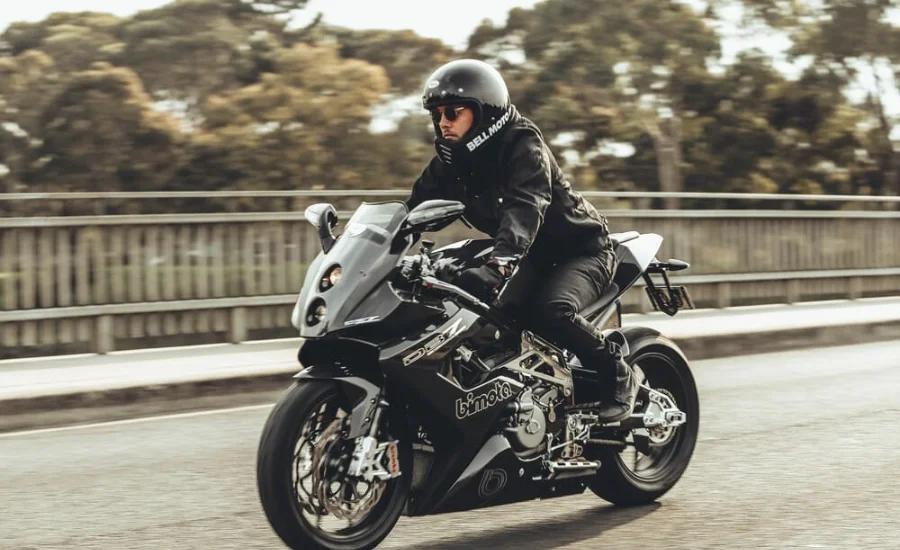The open road stretches before you, the wind whips through your hair, and the rumble of your engine becomes a comforting soundtrack. This isn’t just a motorcycle ride; it’s motocamping, an adventure that combines the freedom of motosas with the self-sufficiency of camping.
For many riders, motosas offers a unique way to experience the world. It allows you to escape the confines of traditional vacations, venturing off the beaten path and creating unforgettable memories. This guide will equip you with everything you need to know to get started with motocamping.
What is Motocamping?
Motocamping, also known as motorcycle camping, is the art of traveling and camping on a motorcycle. Unlike traditional camping trips where you travel by car, motocamping requires a more minimalist approach. You’ll need to carefully select gear that’s lightweight, compact, and versatile enough to handle the demands of the road.
Why Go Motocamping?
There are many reasons why motocamping has become increasingly popular. Here are just a few:
- Freedom and Flexibility: You’re not limited to pre-booked campsites or specific routes. Motocamping allows you to explore hidden gems, adjust your itinerary on the fly, and truly experience the open road.
- Cost-Effective: Compared to traditional travel, motocamping can be a budget-friendly option. You’ll save on car rentals and hotel stays, and the fuel efficiency of a motorcycle makes long-distance travel more affordable.
- Adventure and Challenge: Motocamping requires planning, resourcefulness, and problem-solving skills. It’s a rewarding challenge that will push you outside your comfort zone and create lasting memories.
- Connection with Nature: Traveling by motorcycle allows you to truly immerse yourself in the natural world. You’ll feel the wind on your face, smell the fresh air, and experience the sights and sounds of the environment in a unique way.
Getting Started with Motocamping
- Choose the Right Motorcycle: While any motorcycle can technically be used for camping, some are better suited for the task than others. Consider factors like weight capacity, comfort on long rides, and the ability to handle luggage. Adventure touring and dual-sport motorcycles are popular choices for motocamping.
- Invest in Gear: You’ll need essential equipment to camp comfortably and safely. This includes a motorcycle tent, sleeping bag, sleeping pad, camping stove, cookware, and basic tools. Remember, focus on lightweight and compact options.
- Motorcycle Luggage: Luggage plays a crucial role in motocamping. You’ll need sturdy and weatherproof options to carry your gear. Saddlebags, tank bags, tail bags, and dry bags are all commonly used solutions.
- Safety Considerations: Motorcycle safety is paramount. Always wear a helmet and protective gear, and be prepared for changing weather conditions.
- Plan Your Route: Research your destination and map out your route. Choose roads that are suitable for motorcycles and consider factors like camping locations, gas stations, and potential hazards.
- Learn Basic Motorcycle Maintenance: Knowing how to perform basic repairs like changing a flat tire or adjusting your chain tension can be invaluable on the road.
Essential Gear for Motocamping
Here’s a breakdown of the essential gear you’ll need for motocamping:
Motorcycle:
- Consider your motorcycle’s weight capacity and comfort for long rides.
- Choose a motorcycle with the ability to handle luggage racks and additional weight.
Camping Gear:
- Tent: Opt for a lightweight, one-person backpacking tent with a rain fly.
- Sleeping Bag: Choose a sleeping bag with a temperature rating appropriate for your destination.
- Sleeping Pad: A comfortable and insulating sleeping pad is crucial for a good night’s sleep.
- Camping Stove: A small, backpacking stove will allow you to cook meals on the road.
- Cookware: A mess kit with a pot, pan, and utensils will suffice for basic meal preparation.
- Headlamp: A headlamp is essential for hands-free lighting around camp.
- First-Aid Kit: Be prepared for minor injuries with a well-stocked first-aid kit.
Luggage and Storage:
- Saddlebags: Saddlebags provide ample storage space for essential gear.
- Tank Bag: A tank bag offers easy access to important items like snacks, maps, and your phone.
- Tail Bag: A tail bag provides additional storage for bulkier items like sleeping bags.
- Dry Bags: Waterproof dry
Conclusion
Motosas offers a unique and rewarding way to explore the world. It’s an adventure that combines the thrill of the open road with the serenity of nature.
FAQs
How much does motocamping cost?
The cost of motocamping can vary depending on several factors, such as the length of your trip, your food and gas expenses, and the camping locations you choose.
What are some safety tips for motocamping?
- Always wear a helmet and protective gear.
- Let someone know your travel plans and estimated arrival time.
- Be aware of weather conditions and adjust your route if necessary.
- Ride defensively and obey traffic laws.
What are some resources for motosas?
- Motocamping websites and blogs: These resources offer comprehensive guides, gear recommendations, and trip reports from experienced motocampers.
- Motorcycle camping books: Several books provide detailed information on motorcycle camping techniques, gear selection, and route planning.
Is motocamping for everyone?
Motosas isn’t for everyone. It requires a sense of adventure, a willingness to embrace challenges, and the ability to adapt to changing situations.
With the information and resources provided in this guide, you’re well on your way to planning your first moto camping adventure.

